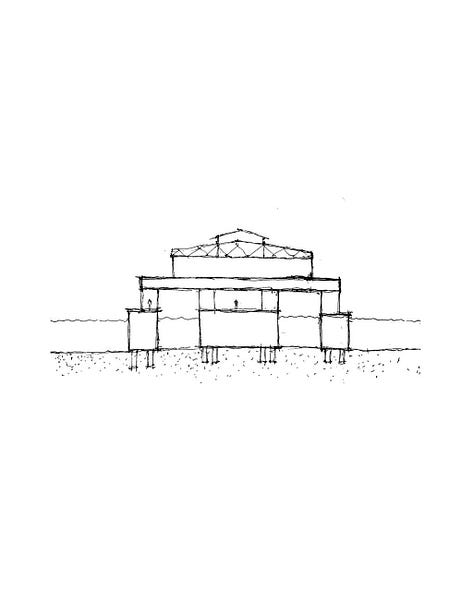


The streets of West Harlem echoed with the revving of engines as garbage trucks idled in long queues near the Hudson River. At the end of 135th Street, a Marine Transfer Station was swallowing over a thousand tons of New Yorkers’ daily waste to be barged to the Fresh Kills landfill on Staten Island.
As the primary waste reception facility in New York City since 1955, the MTS operated continuously, contrasting with a similar facility on the affluent Upper East Side that closed during the daytime. For decades, owing to heavy transport and various pollution-inducing industries like the MTS, West Harlem witnessed a decline in health conditions, characterized by asthma rates three times the national average.
Following a series of events that posed hazards to health and the environment, concerns escalated regarding the impact of Fresh Kills landfill, prompting its closure in 1999. This event also resulted in the subsequent closure of the 135th Street MTS.
In 2003, without a comprehensive plan for replacing the city-based system, the facility faced reopening, leading activists to push for its permanent closure. Success came in 2005 when the Bloomberg administration opted against reopening.
Today, the vacant station by the Hudson River awaits redevelopment. Despite challenges like uncertain land ownership, Annie Corforo from WE ACT, collaborating with Community Board 9, envisions transforming it into a climate hub.
WE ACT's Northern Manhattan Climate Action Plan, developed with community organizations, includes environmental knowledge hubs as one of four climate adaptation approaches. These hubs aim to create community spaces for monitoring climate change impacts, fostering social cohesion, and offering venues for events and meetings.
Perhaps once-polluting facilities, imposed on neighborhoods without the consent of local residents, could yield positive impacts under the stewardship of local communities.



